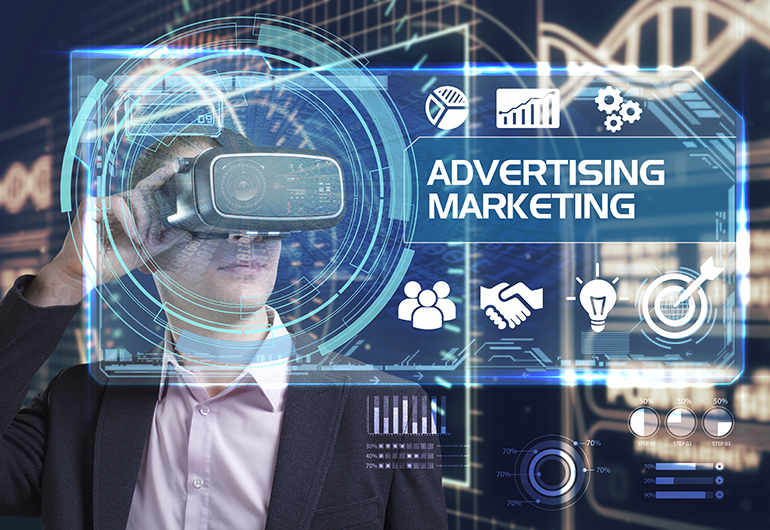 With their smartphone, customers hold a small “supercomputer” in their hands every day, which is why brands and retailers should start to play with the possibilities of the digital commerce environment in traditional brick-and-mortar retail.
With their smartphone, customers hold a small “supercomputer” in their hands every day, which is why brands and retailers should start to play with the possibilities of the digital commerce environment in traditional brick-and-mortar retail.
The so-called smart mirror technology provides a good example of how the boundaries between online and offline experience start to blur. These interactive mirrors suggest to customers outfit combinations directly in the changing room, among other things, based on the clothes they have taken to try on. These can then be loaded onto the smartphone, for example, using a QR code scan. The items can then be bought either directly in the store or later online. Another good example is the smart shop window, which gives customers an exceptional shopping experience - even outside opening hours.
Such new trends and technical possibilities will be the chessboard of the future of commerce. After all, customers are longing for new experiences in brick-and-mortar retail that are in no way inferior to the familiar digital and highly personalized shopping experiences. In the best case, all around the clock.
Nowadays, marketers need to know a lot more about their potential customers, as the number of touchpoints within the customer journey increases with every innovation step. That is certainly beneficial for marketing strategies but creates new challenges if individual touchpoints and the data collected are not holistically linked in a meaningful way. A significant reduction in data silos is prerequisite, remedied by so-called data hubs, which combine different information into a single large data profile and thus provide marketers with strategic and analytical information within a consolidated solution. The customer experience can only be meaningfully expanded with the help of these holistic sources of information.
According to a Gartner study, around 100 million customers will shop virtually via augmented reality (AR) in the store this year, calling on retailers to take up the technology fast and, above all, to bring omnipresent shopping opportunity to the next level.
Customers can, for instance, use their smartphone to check whether the piece of furniture they want really fits into their own four walls. Just think about the Swedish furniture giant IKEA that is currently demonstrating this with its AR app IKEA Place. This possibility of digital reality and eventful "browsing" will be a veritable way to increase the conversion rates and the digital customer experience in the store and at home this year.
The fact is, disregarding the COVID-19 crisis, 2020 will continue to be a challenging and exciting year for marketers and retailers. You should therefore address these trends and the associated technologies to keep at it and offer your customers a unique customer experience - both online and offline.
By Daniela La Marca


